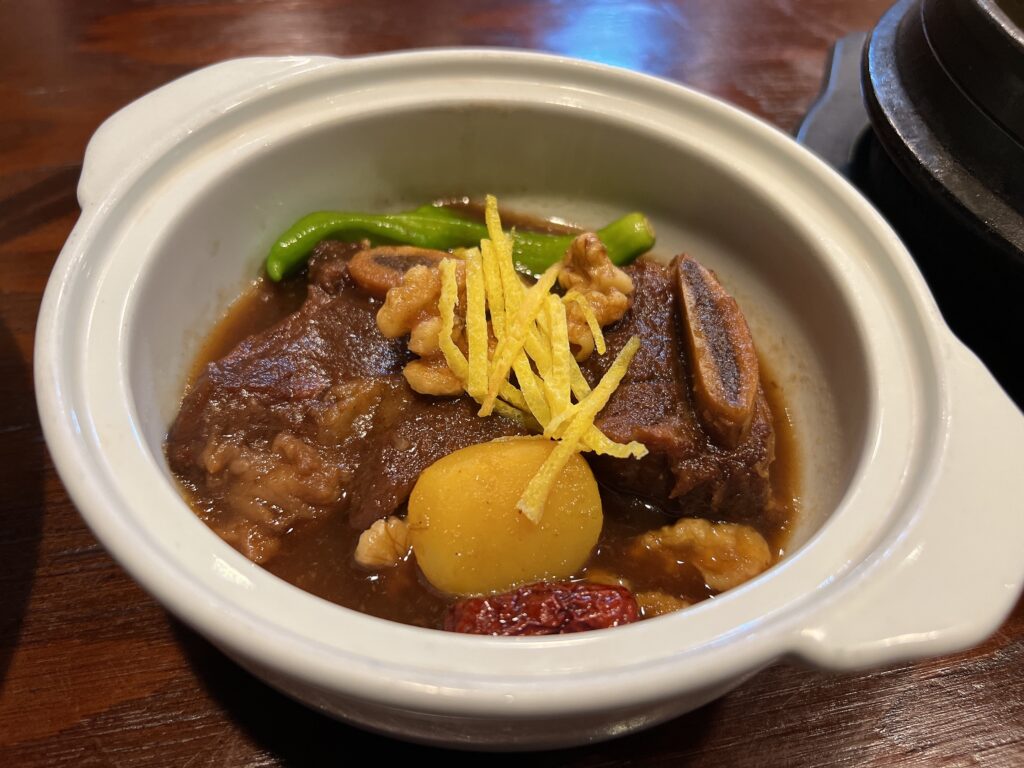Welcome to our blog dedicated to exploring the rich and diverse world of Korean cuisine! From spicy kimchi to savory bulgogi, Korean food offers a unique blend of flavors, textures, and traditions that have captured the hearts of food lovers around the globe. In this post, we’ll dive into the basics of Korean food, highlight some must-try dishes, and share a bit about what makes Korean cuisine so special.

The Essence of Korean Cuisine
Korean cuisine is characterized by its bold flavors and harmonious balance of ingredients. It often combines spicy, sweet, salty, and sour elements to create dishes that are both complex and comforting. Key ingredients include garlic, ginger, soy sauce, sesame oil, and gochujang (red chili paste), which contribute to the distinctive taste of Korean dishes.
Must-Try Korean Dishes
Kimchi: This iconic Korean side dish is made from fermented vegetables, usually cabbage or radishes, seasoned with a spicy and tangy blend of chili pepper, garlic, ginger, and fish sauce. It’s a staple at every Korean meal and is known for its health benefits as well as its bold flavor.
Bibimbap: A vibrant and nutritious dish consisting of a bowl of rice topped with a variety of vegetables, meat (often beef), a fried egg, and gochujang. It’s mixed together just before eating, creating a delightful combination of textures and flavors.
Bulgogi: This popular Korean BBQ dish features thinly sliced beef marinated in a sweet and savory sauce, then grilled or stir-fried. The marinade typically includes soy sauce, sugar, sesame oil, and garlic, giving bulgogi its signature taste.
Samgyeopsal: A favorite Korean BBQ experience where thick slices of pork belly are grilled at the table and eaten with various accompaniments such as lettuce wraps, ssamjang (a dipping sauce), and fresh vegetables.
Tteokbokki: A beloved street food made from chewy rice cakes simmered in a sweet and spicy sauce. Tteokbokki is often enjoyed as a snack or appetizer and is a great introduction to Korean flavors.
Why Korean Cuisine is So Special
Korean food is not just about eating; it’s about sharing and experiencing food in a communal way. Meals are often served with a variety of banchan (side dishes), which allows diners to sample a range of flavors and textures. Korean dining culture emphasizes togetherness and hospitality, making it a wonderful cuisine to enjoy with family and friends.
Conclusion
We hope this introduction to Korean cuisine has whetted your appetite and inspired you to explore more about this delicious and diverse food culture. Stay tuned for upcoming posts where we’ll delve deeper into specific recipes, cooking tips, and the stories behind Korea’s favorite dishes. Whether you’re a seasoned foodie or new to Korean flavors, there’s always something exciting to discover in Korean cuisine!
Feel free to adjust the content to better fit your blog’s style and the specific focus you want to have.